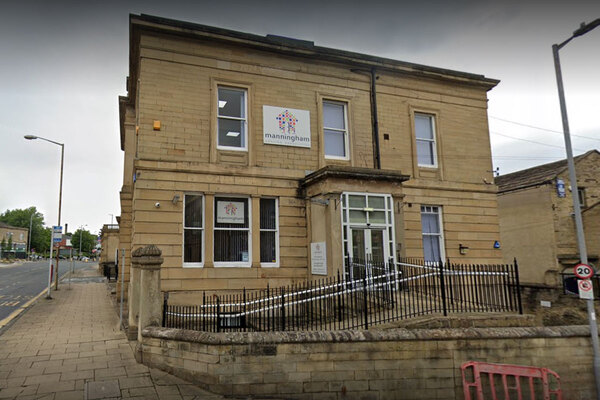Different approach
Changing attitudes to work means employers have to adapt, says Gary Hay, partner at Capsticks
Article written by:

Every organisation is under increasing pressure to produce improved business results, and the housing sector is no different.
Employees who are motivated, aligned to the goals of the business and focused on productivity and customer satisfaction deliver better results.
The case studies we chose to highlight on the following pages reveal that organisations who work hard to actively engage their employees and stakeholders have achieved positive results.
For those working in this area, new challenges have arisen:
- 600,000 ‘baby boomers’ (b. 1946 to 1964) will retire in 2016
- More than one in four ‘millennials’ (born 1980 to 2000) will become managers in 2016;
- The new generation accesses more information, from more sources, more quickly;
- A child born in 2000 has a one-third chance of living to 100 and will be expected to work until they are aged 70.
And economically:
- The millennials will bear the economic brunt of the debt that followed the 2008 financial crash, as well as the pensions crisis;
- The majority of those under 30 voted to remain in the EU but will be left with the political and economic fallout of Brexit;
- Unemployment for 16 to 24-year-olds in the UK is running at 16%;
- The average age for a first-time buyer in the UK is 30, 32 in London.
These demographics, and economic and political factors have affected how millennials view work. Surveys show that they will expect a better work/life balance, wider distribution of income, more flexible working, different technologies for communication and greater fluidity in the job market. This will have profound changes for the way businesses are run. It also raises challenging questions for business leaders, such as:
- What motivates millennials?
- How do you get them to buy into the organisation’s strategic goals?
- What are the implications for how offices are set up and run?
- What are the implications for succession planning?
Organisations prepared to address these issues now will secure greater staff engagement in the short term. They are also likely to gain a long-term business success in a challenging market.
Engaging staff and stakeholders also helps ensure that mergers and acquisitions are successful. If the new organisation can demonstrate clear goals and a valued culture, it’s much easier to manage cultural change and maintain the organisation’s social heart.
In October 2014, Frimley Park Hospital, a flagship NHS acute trust, merged with Heatherwood & Wexham Park Hospital NHS Trust (H&WP), an acute trust listed in the bottom 20 performing trusts in the NHS, to form Frimley Health. It was a key priority to ensure that H&WP employees benefited from the culture and learning at Frimley as soon as possible.
The measures of success include reduced staff turnover (nursing turnover, for example, fell by 50%); reduced sickness absence; and a significant increase in recommendations for H&WP as a place to work (from 40% to 78%) and to receive care (from 45% to 92%). The vast majority of the trust’s 3,200 staff remained the same throughout, it was the leadership that changed.
The acquisition is already a major success story, with performance at H&WP having been transformed within two years. Frimley Health was also recently rated ‘outstanding’ by the Care Quality Commission, the first trust to receive the accolade.







